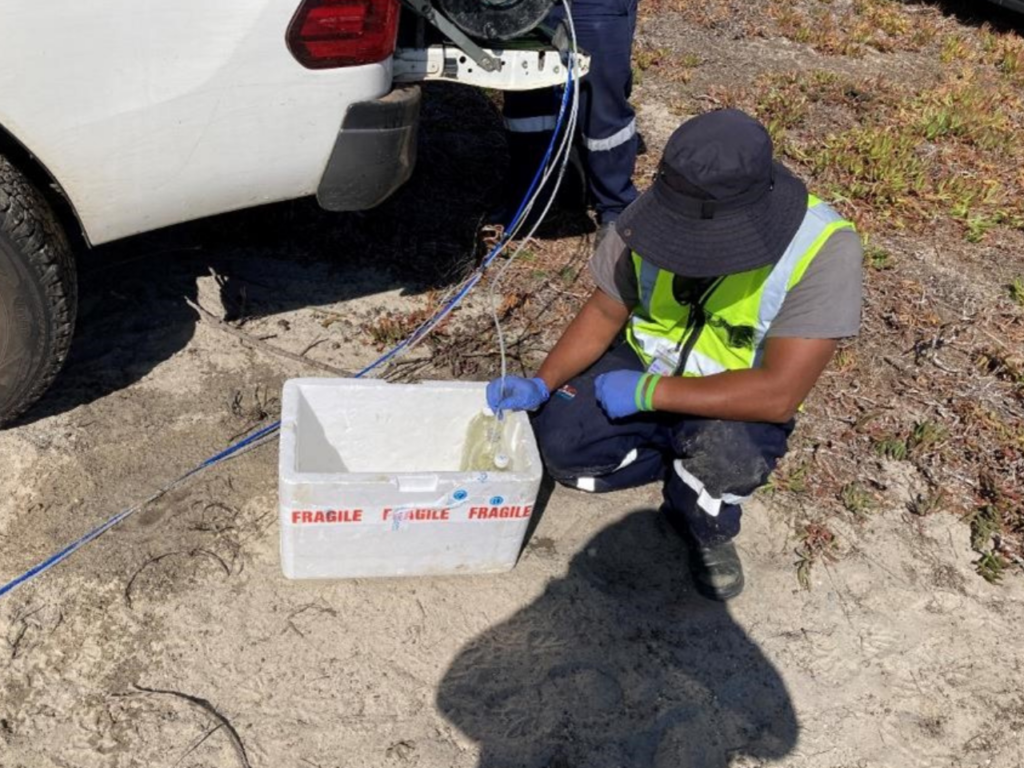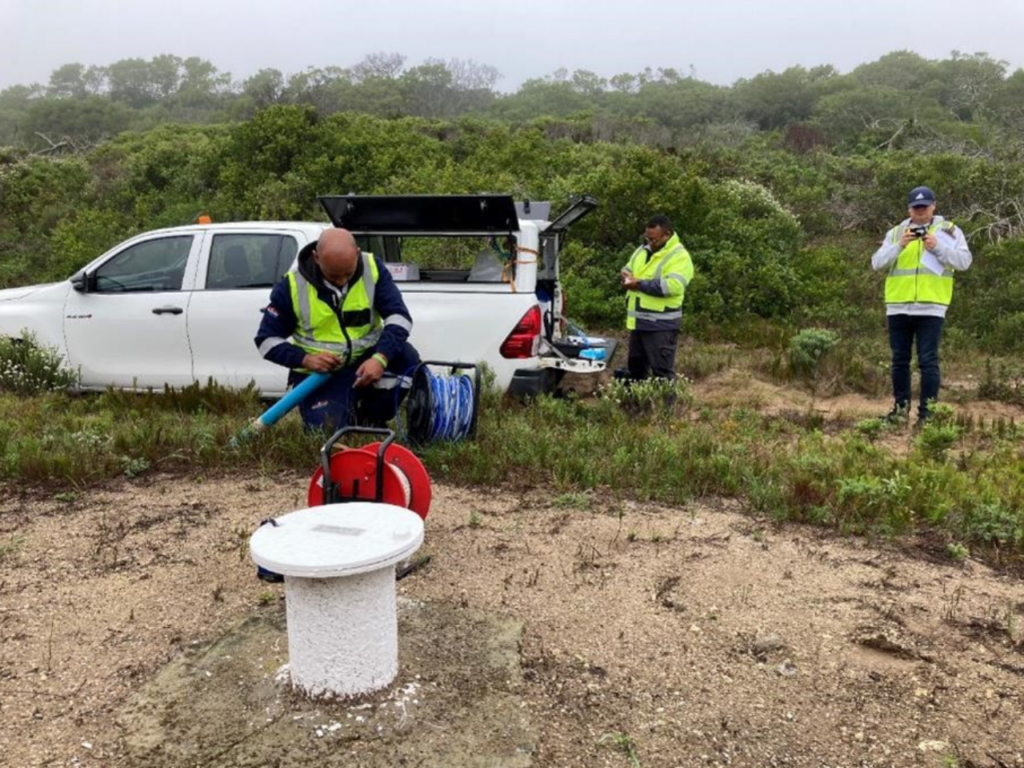Eskom’s Koeberg nuclear power station was recently licensed to operate its Unit 1 for another 20 years, with SRK Consulting playing a role in updating the site investigation reports – the Site Safety Report (SSR) required by the National Nuclear Regulator (NNR).
These studies were part of a range of updates undertaken by SRK, that need to be conducted every five to ten years, according to Derry Holmes, principal consultant at SRK Consulting. The work related to Eskom’s Duynefontyn site, where Koeberg is located. “Our work for Eskom included addressing comments by the NNR on the previous version of the Duynefontyn SSR, as part of the long-term operational licence application for Koeberg,” said Holmes. Koeberg’s Unit 1 is one of around 120 reactors worldwide that have safely continued operations beyond their initial 40-year life.
Stringent standards

SRK has been involved in site safety assessments and monitoring for possible nuclear power plants for over 18 years
Nuclear projects are governed by stringent local and international quality and safety standards, requiring a wide variety of aspects to be monitored, analysed and reported. SRK’s work included technical studies in the fields of hydrology, geohydrology, geotechnology, and meteorology. It also looked at land, water and sea use, ecology, demography, water supply, as well as transport routes, nearby industrial and military facilities. “Much of the work is conducted by our in-house professionals in specific disciplines, and other aspects are contracted out to specialist associates,” he said. “Town planners, for instance, conduct the investigations on demography, land use, water use, adjacent sea use, and nearby transportation, industrial and military facilities.” The whole life of the nuclear plant must be considered, so it is important to be able to forecast population growth and movement over this expected lifespan, said Holmes.
“One reason why this data is relevant is because of the plant’s potential radiological impact,” he said. “For purposes of emergency planning – such as determining an appropriate transport evacuation model – planners also need to know how many people are likely to be in the area in future decades.”
Safe operation
Using the concept of ‘pathways to humans’, the specialists must consider all the possible ways that people can be exposed to radiological impact – through proximity, the food chain, water or other channels. The regulator is then in a position to ensure that the plant will – or continues to – operate safely at that geographic location.
While this work considers the potential radiological impacts of the plant on its surroundings, the site safety investigation also considers the impacts of the surroundings on the plant and its safe operation.
“These aspects include the geology and geohydrology of the ground on which the plant is built, as well as seismic risks to the integrity of the operation,” he says. “This extends as far as identifying air traffic routes, considering the potential for aircraft-related accidents. The big question to answer with all this data is whether the environment poses a risk to site safety in which the plant can operate throughout its life cycle.”
Many moving parts

SRK’s work included technical studies in the fields of hydrology, geohydrology, geotechnology, and meteorology
In the face of identified risks, the studies also consider whether there are any impediments to creating an effective emergency plan – so that people can be evacuated from the area in the event of an incident. This includes considering not only the existing transportation infrastructure, but the likely future scenarios taking into account economic growth and urbanisation. “The planning of nuclear power stations requires the gathering of considerable data, but also demands intensive engagement with stakeholders like local government,” he explained. “While the planners must understand the spatial development frameworks of municipalities or metros, there must also be agreement between parties about what happens in the future.” This is because the power station must be able to make reasonable forecasts of where infrastructural and urban development is likely to take place in coming decades. Considering, for example, the impact if local government changes its plans in a way that could have an unexpected impact on the power station, he said. SRK has been involved in site safety assessments and monitoring for possible nuclear power plants for over 18 years, said Holmes. This includes geohydrological water monitoring where the levels and quality of water are checked in dedicated boreholes, as well as meteorological monitoring of factors like temperature, wind, solar radiation and rainfall. The ecology aspects of an SSR can benefit from information originally gathered for a project’s Environmental Impact Assessment (EIA). “While the EIA assesses how the power station might impact the ecology, the SSR assesses how the ecological environment may affect the running of the plant,” he said.










